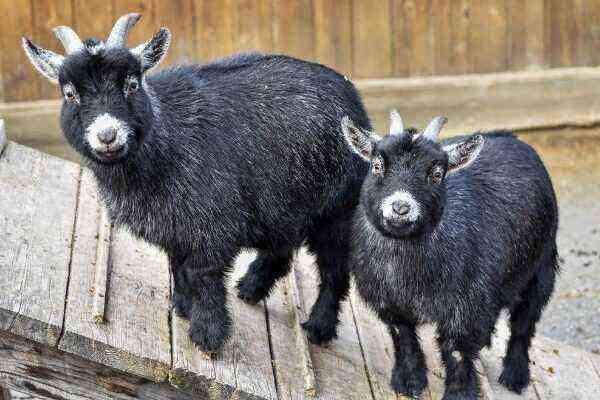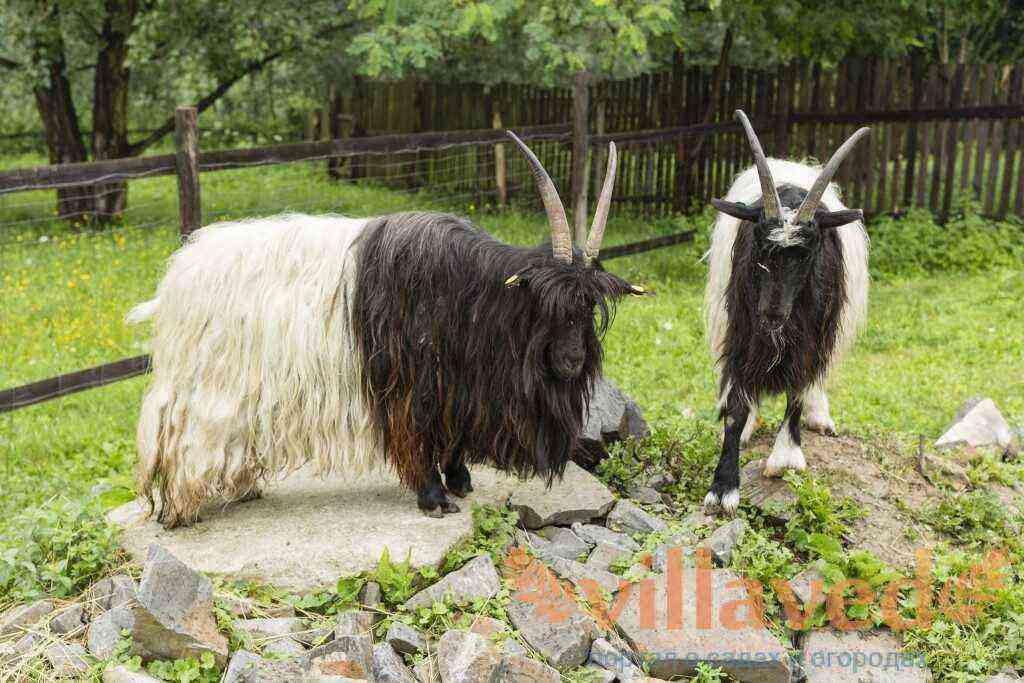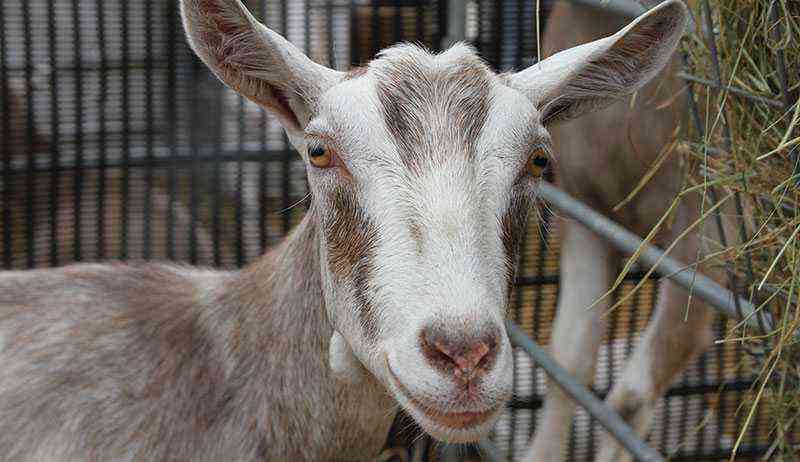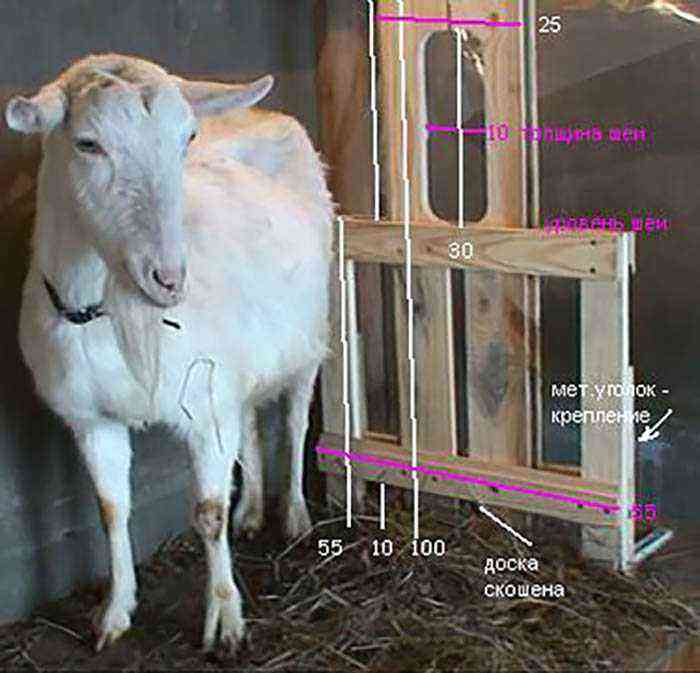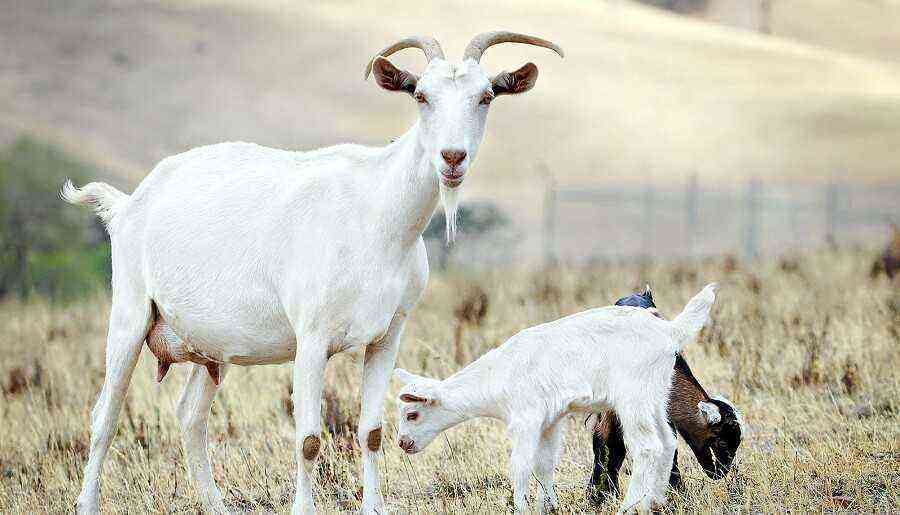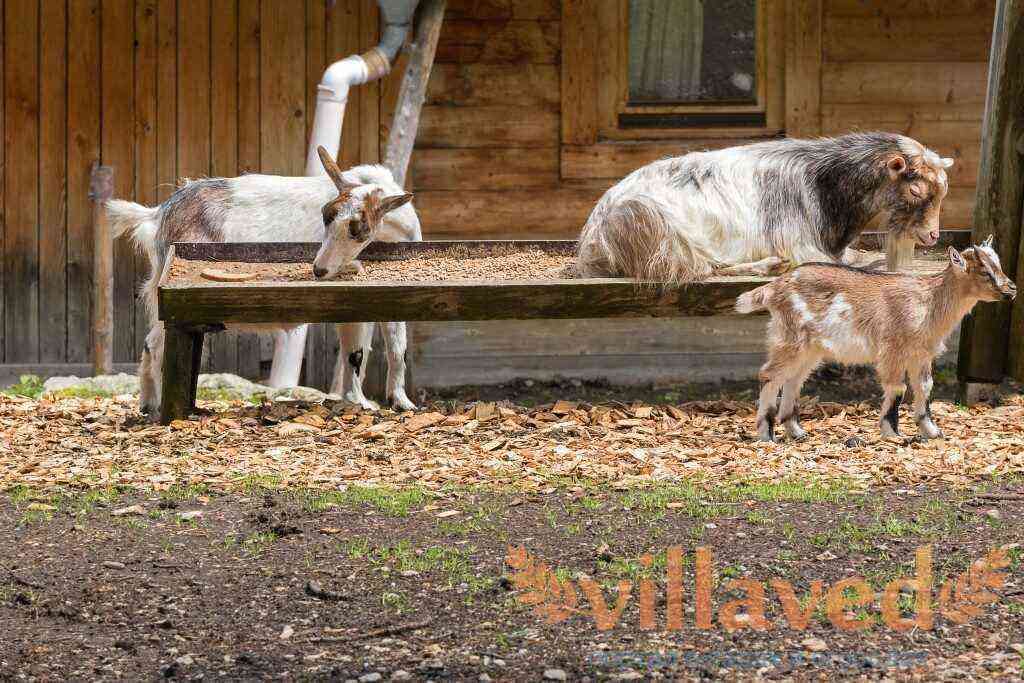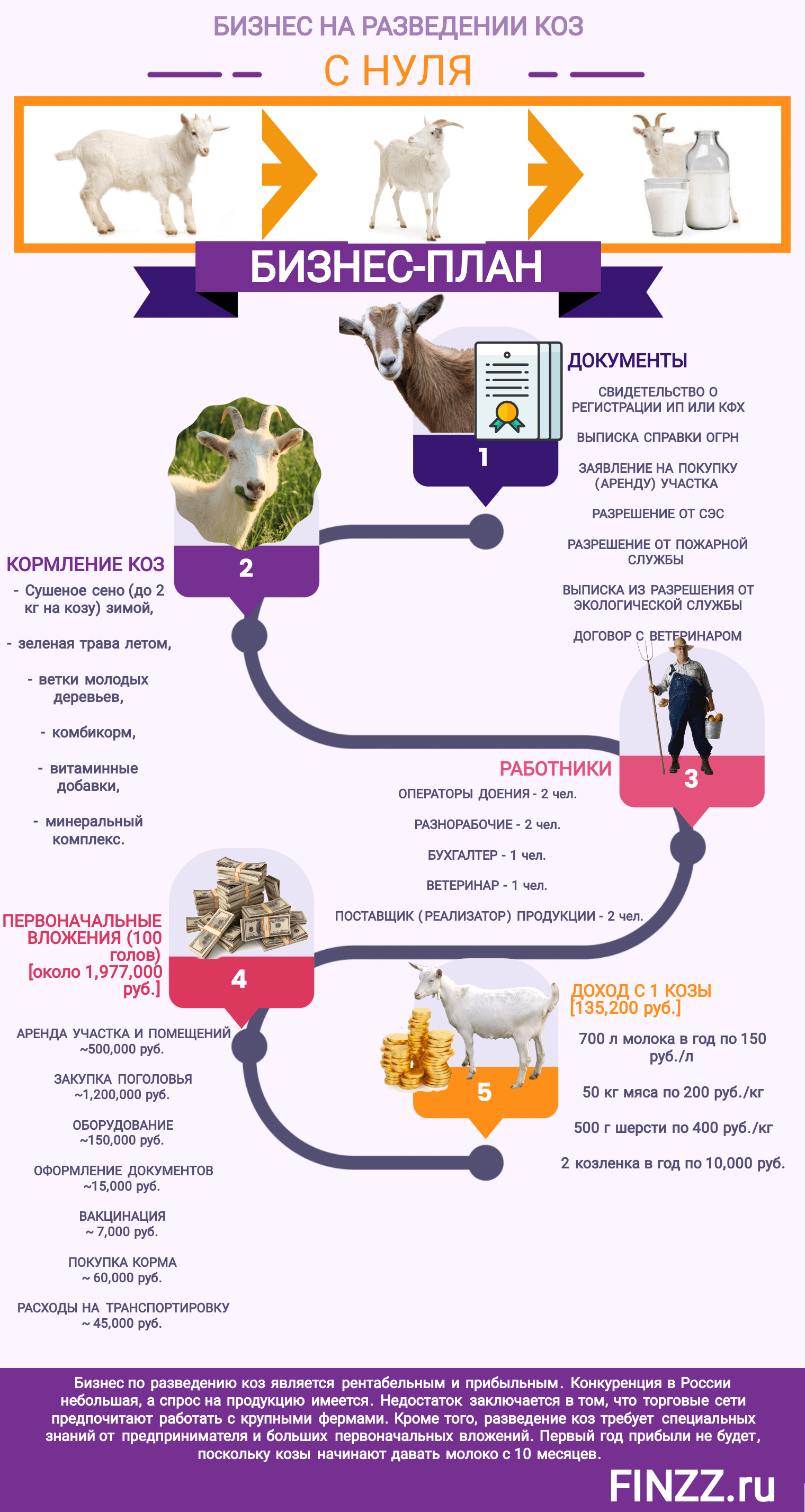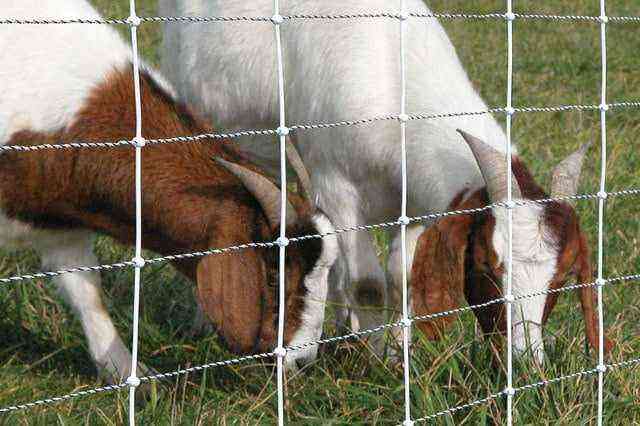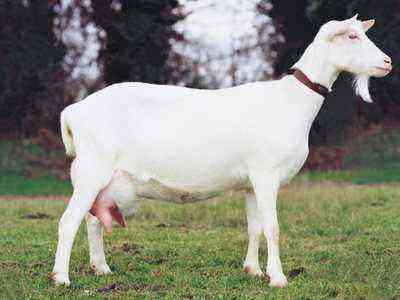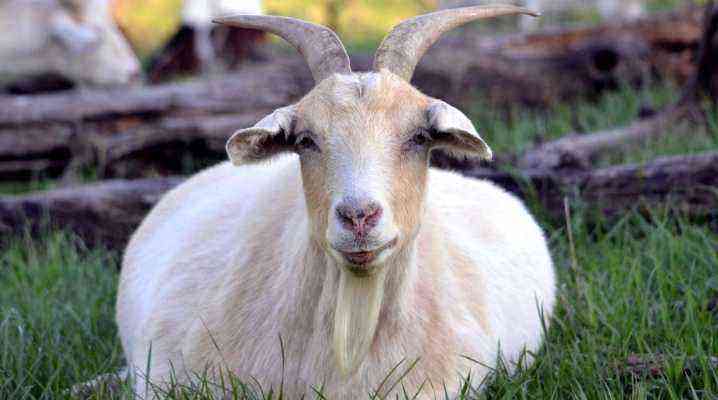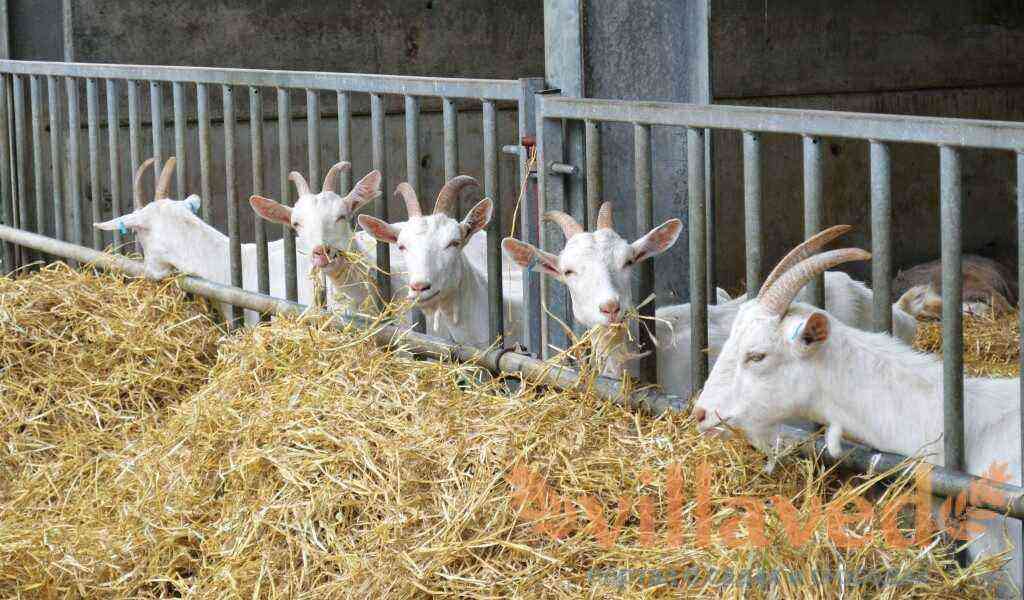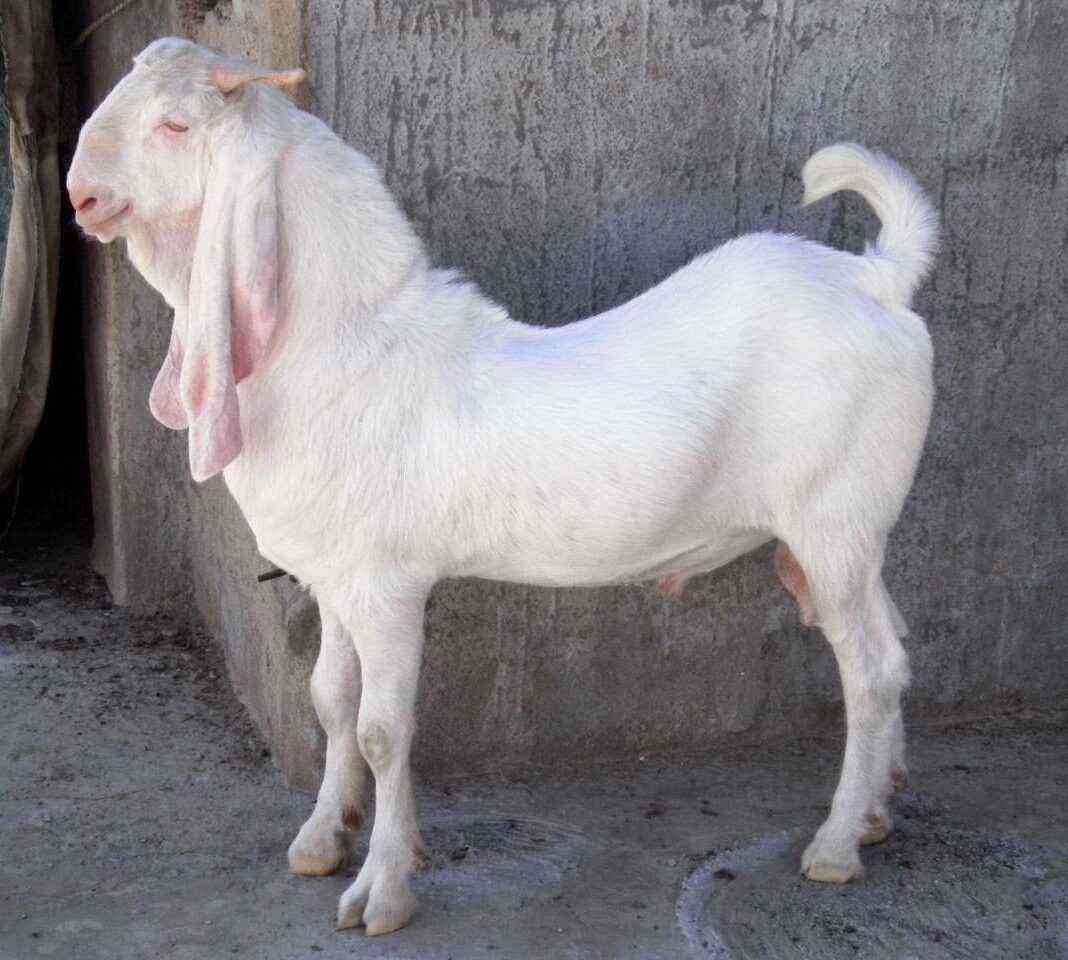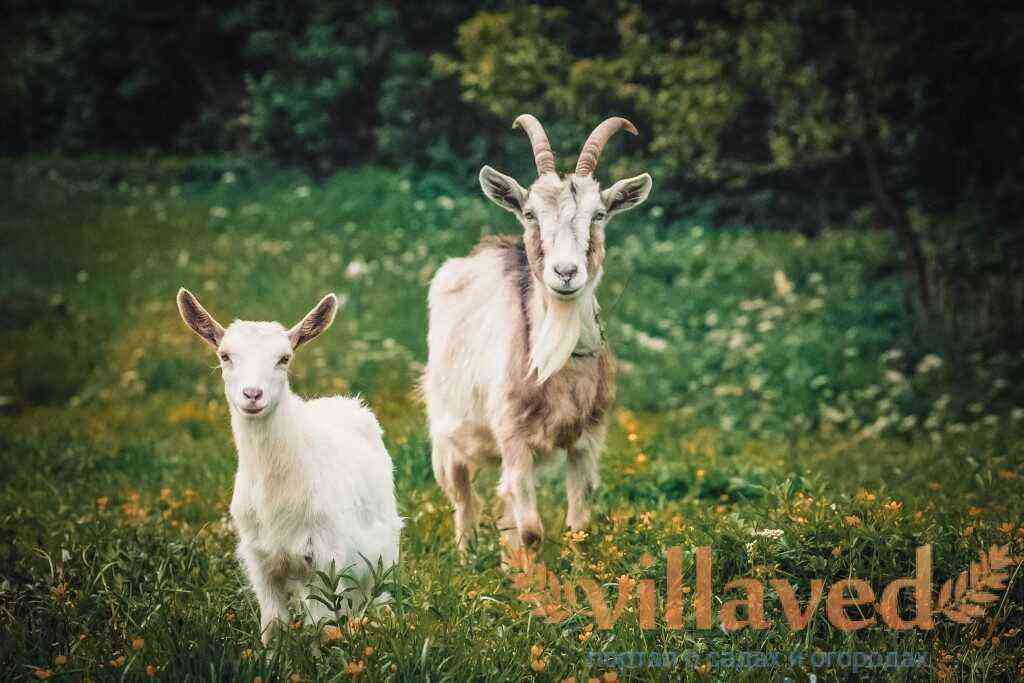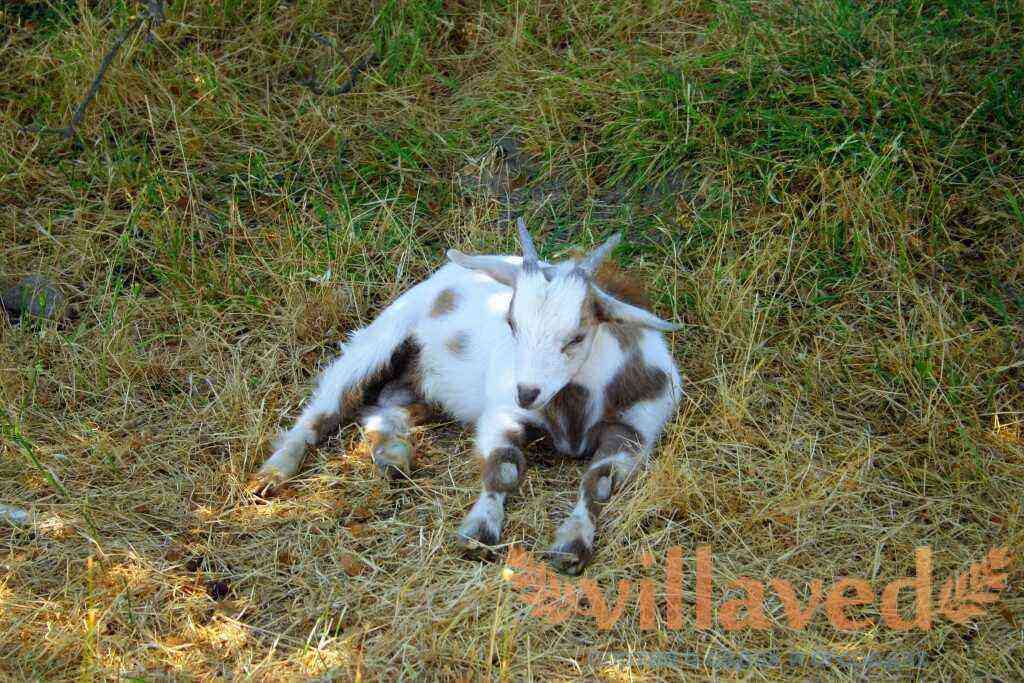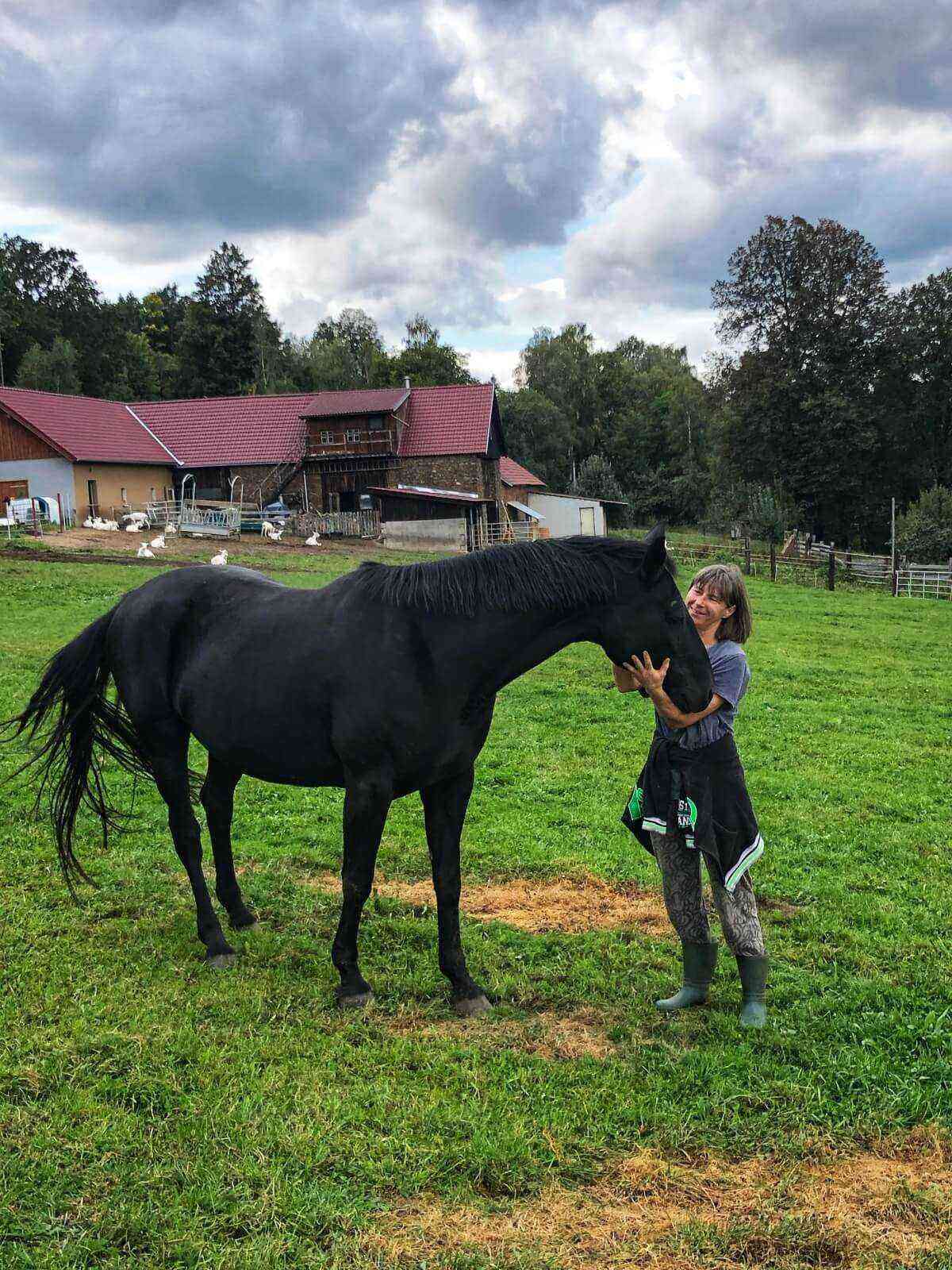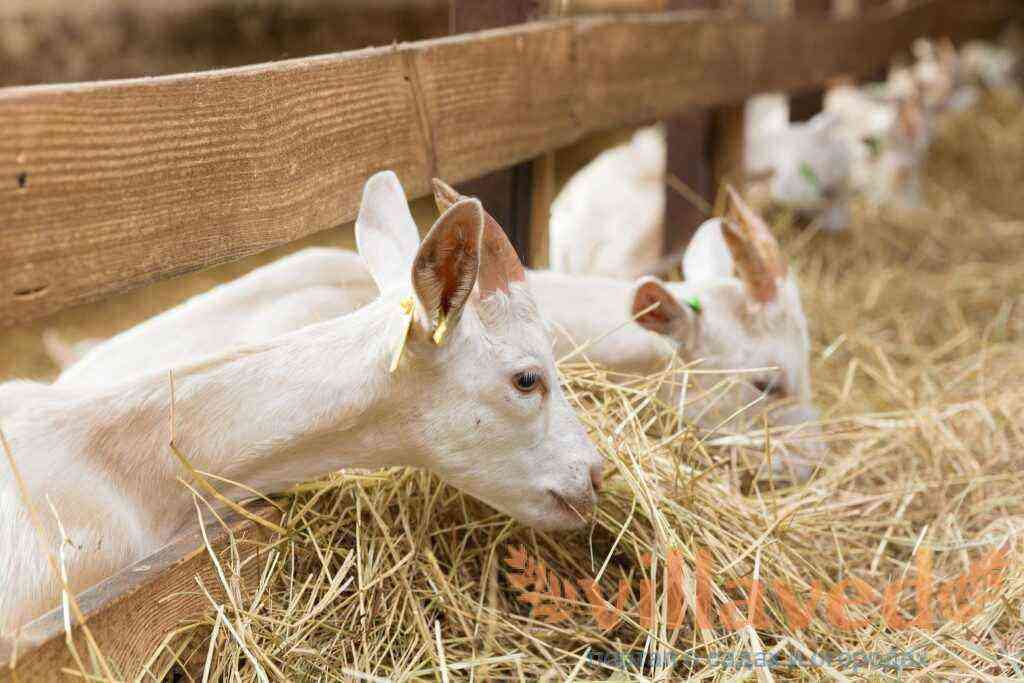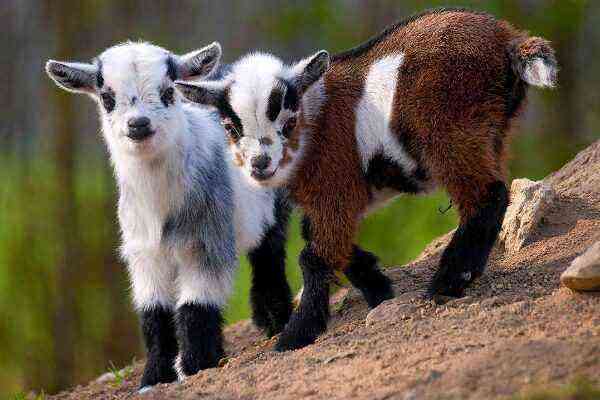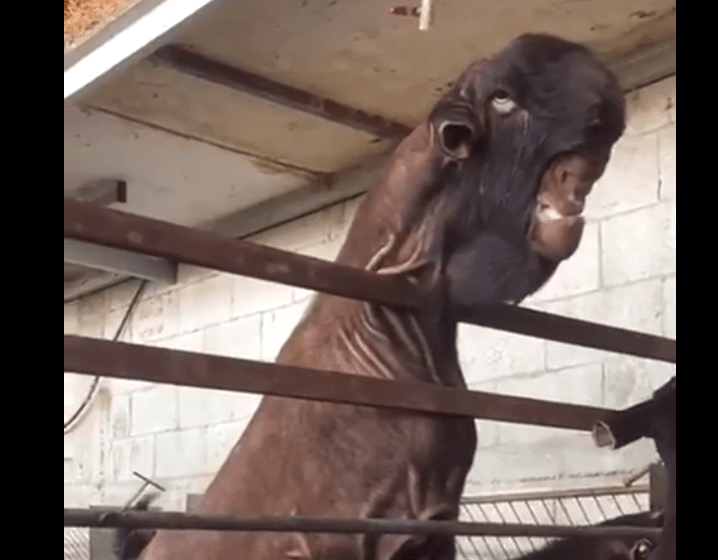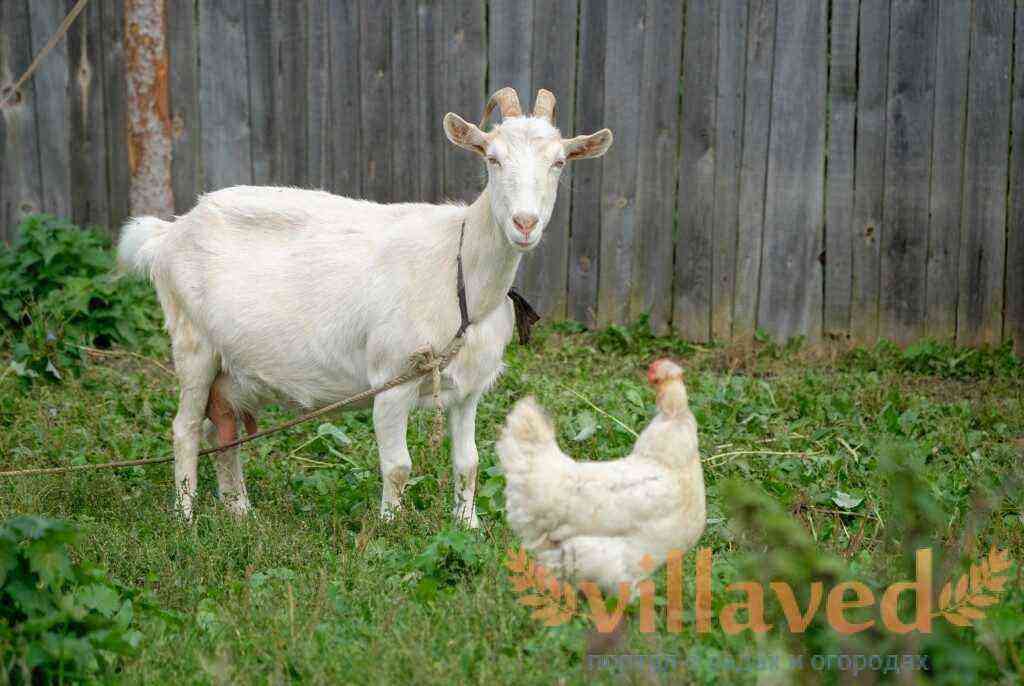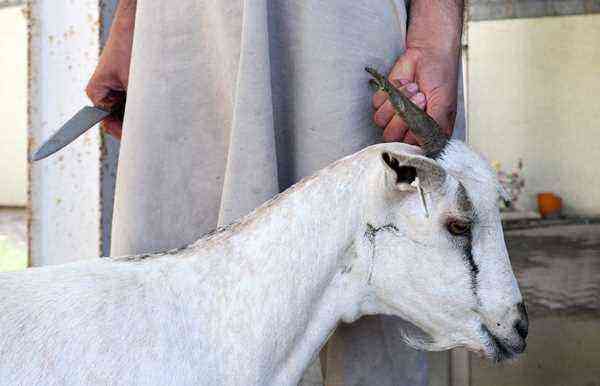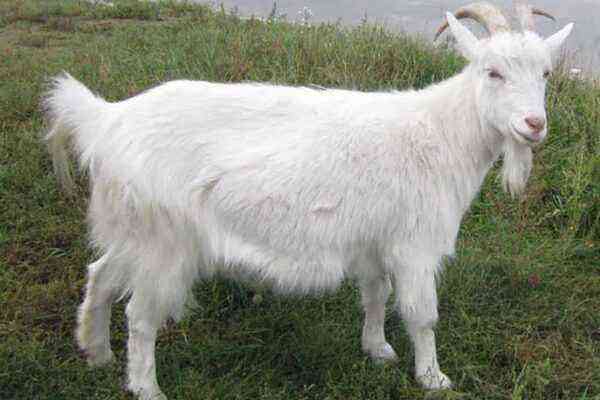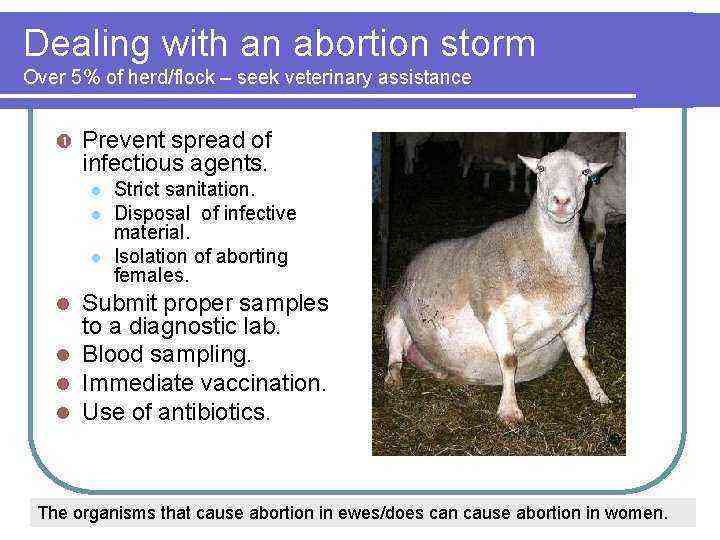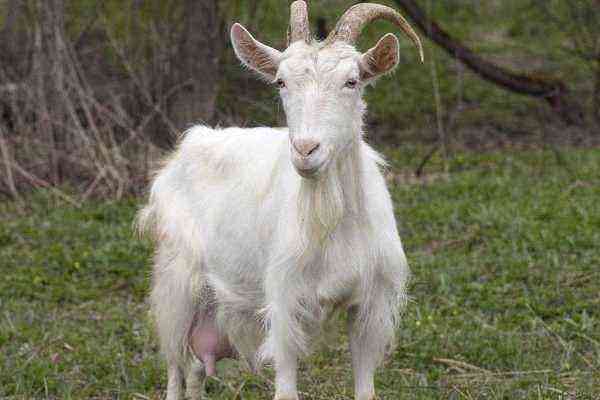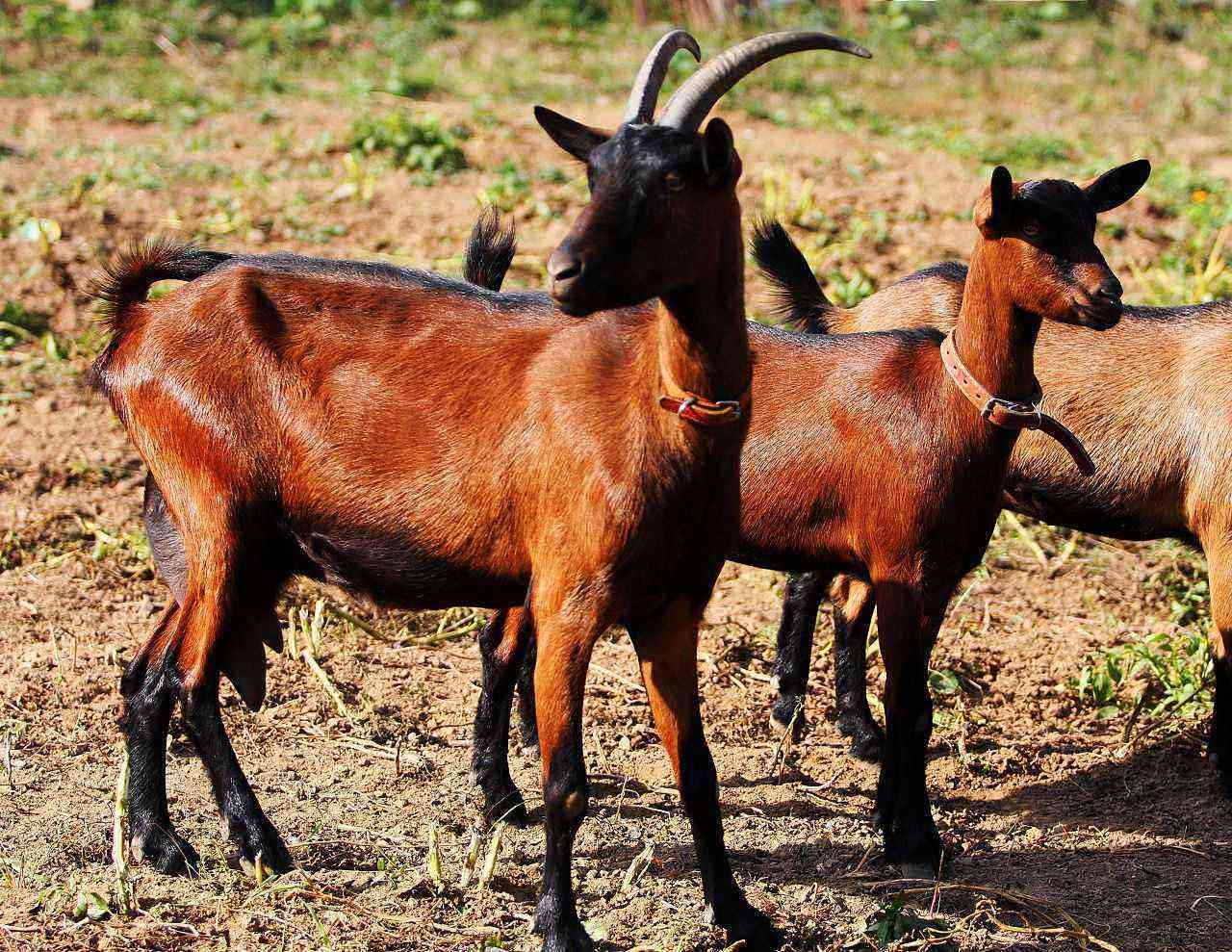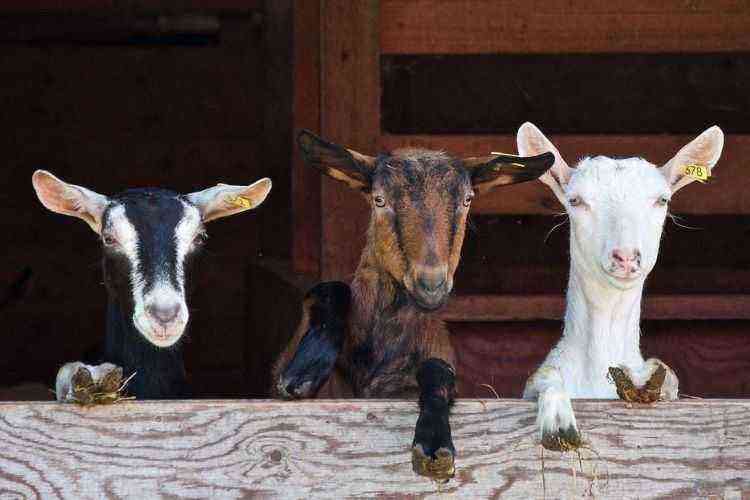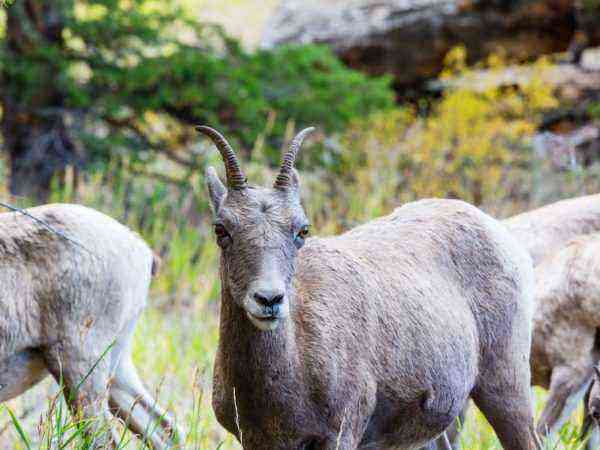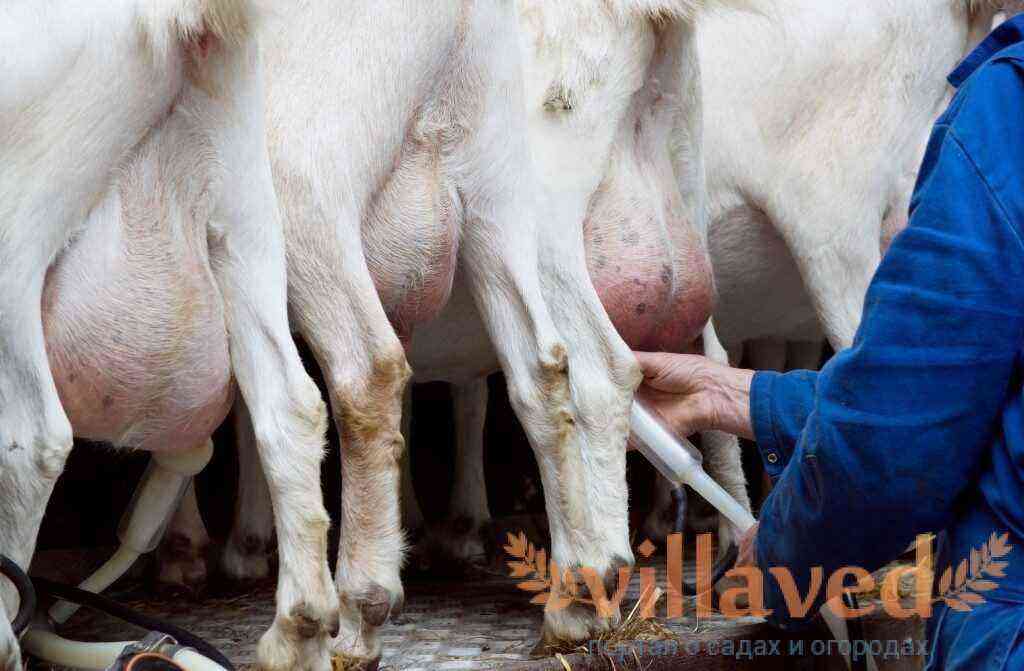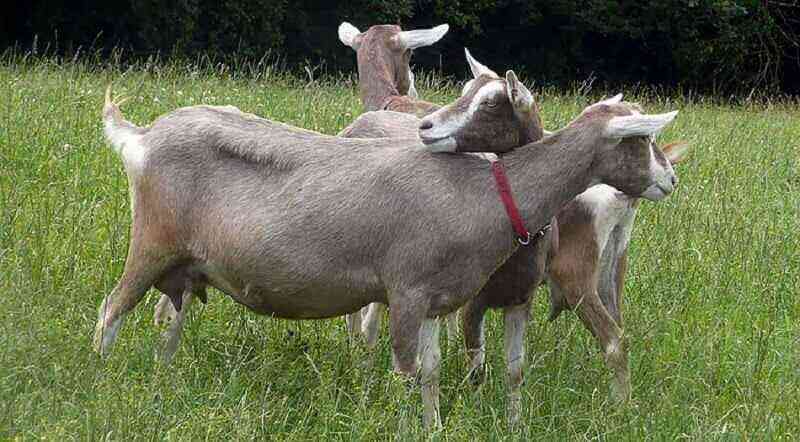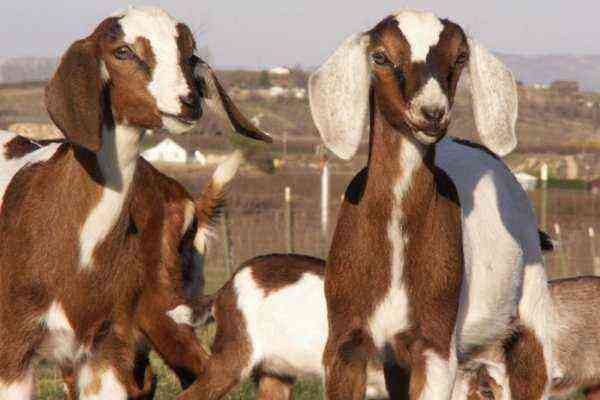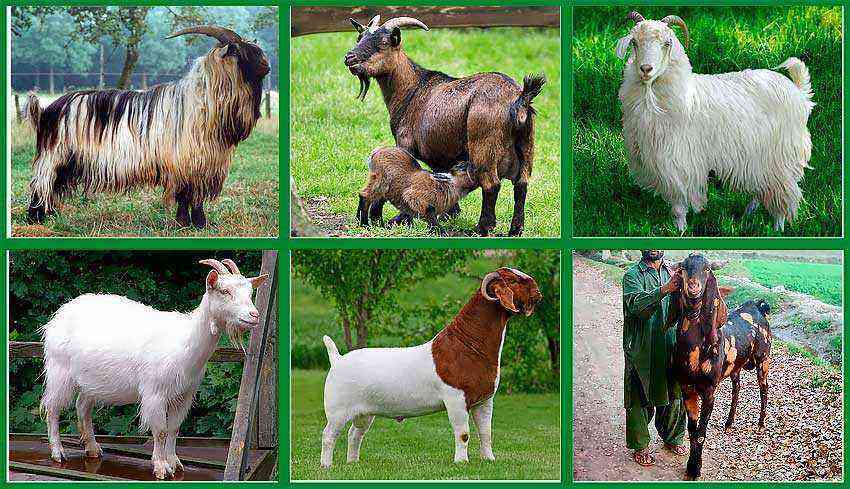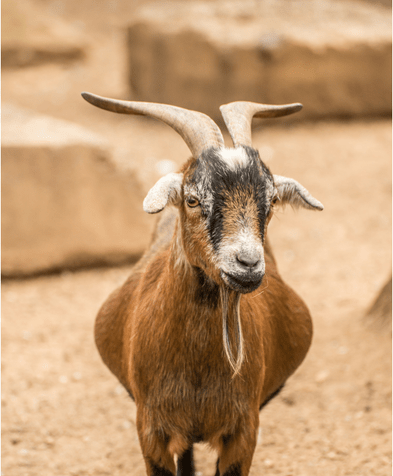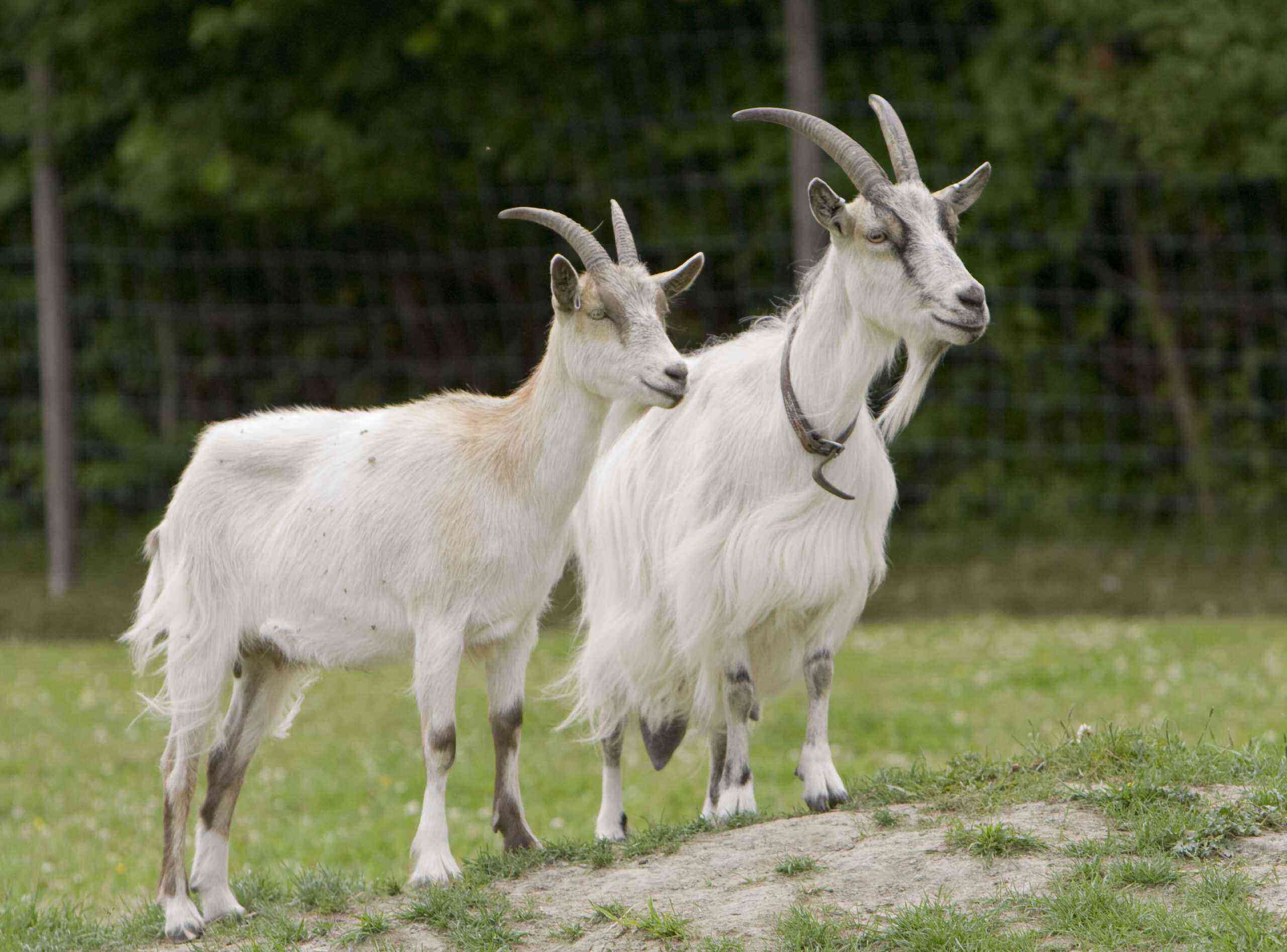The Siberian ibex is the only goat species of its kind in the Altai region of Siberia, which is also found in the highlands of Mongolia, China, Afghanistan and India.
Siberian ibex
The content of the article:
Breed description
The wild breed of these goats has its own distinctive features.
- The Siberian mountain goat has a massive, strong, dense body and thick, short limbs.
- The deep chest ends with a short neck, on which a powerful head with a wide forehead is erected, narrowed down.
- Male Siberian mountain goats are owners of a large stiff beard, which can be either black or brown, up to 20 centimeters long. Females have a small sparse beard.
- Mature individuals are distinguished by the presence of large horns, as well as the color of the coat, which is a tone darker than that of young animals.
- The Siberian mountain goat grows up to 100 centimeters in height at the withers, sometimes more, reaching a body weight of 100 kilograms. In females, the indicators are slightly lower: up to 90 centimeters in height and no more than 75 kilograms of weight.
- In winter, animals have a light color of fur, which can be either ocher, yellowish, or gray. If the young are evenly colored, then in adults and old individuals, more and more dark areas appear on the coat with age.
Many goats are the owners of the so-called “belts” – brown stripes in the middle of the ridge.
The coat in winter is long, up to 10 centimeters, thick and hard, with good underfur to maintain heat balance in severe frosts. The molt begins in spring in May, continuing until July, and by the middle of summer the fur becomes noticeably shorter and loses its density. During molting on mountain stones, you can often see tufts of light yellow goat down.
Features of living Siberian goats
The Siberian ibex tries to live in separate groups, keeping close to each other, within sight. In one herd there can be from five to forty goats. Sometimes the number of the group reaches up to 300 individuals. Mature Siberian mountain goats can live separately in 10 animals in hard-to-reach areas separately from females and young animals.
Young animals, especially males, can move away from the main habitat for several tens of kilometers. Scientists studying the population of the Siberian ibex concluded that this behavior of young animals is explained by their role as pioneers in search of new habitats, to which all other groups gradually move later.
The rocky highlands are a favorite habitat for Siberian goats, as this is almost the safest place for them. Being a smart and fast animal, the Siberian ibex perfectly overcomes scree and rocky crevices, climbs high cliffs and plumb lines. They need constant movement at a fast speed, so nature has rewarded them with soft hoof pads that stick to the sliding surface of rocks, helping animals to make their way through places inaccessible to their enemies.
Nutrition and reproduction of the Siberian breed
Climbing to high-altitude places, goats feed on grassy plants on alpine lawns or in the steppe. In winter, they can descend to low-snow slopes located below, sometimes entering forest areas, and can graze throughout the day. During the warm summer period, they rise from their haulouts early in the morning and move to pastures, hiding in the hot hours under the shade of rocks, in blown areas or in snowy areas, returning to the pasture after the heat subsides in the evening.
The terrain and weather conditions affect the rut of the Siberian ibex, which usually occurs in late autumn or early winter. Usually the transition lasts about ten days, but sometimes it can take up to 20 days or more. Adult males who have reached five or six years old collect 5-15 females in large harems and transfer them, protecting them from young males.
The Siberian female brings offspring for the first time when she reaches the age of two or three. She bears offspring for five or six months and usually gives birth to two kids in April-May, sometimes it happens that three cubs appear. From the first days after the birth, the kids get on their feet and become active, following their mother everywhere. Until late autumn, the mother feeds her offspring with milk, despite the fact that they can already eat grass a month after birth.
Threats to Siberian goats
The Siberian mountain goat is an unusually cautious animal. They are often saved from danger by their excellent eyesight, good hearing and sense of smell. Whenever the group is grazing or resting, the goat watches the surroundings from a rocky peak or large rock, warning of imminent danger on occasion.
Both hunting and poaching can become a potential threat to Siberian goats from humans.
The main natural enemy for the animal is the snow leopard, which hides behind stones and, if the opportunity arises, rushes in a big jump, sometimes reaching more than six meters in length. Sometimes he fails to keep up with the Siberian goat due to the inaccessibility of rocky places. Most often, the snow leopard hunt for the Siberian goat comes down to setting up ambushes above the paths where the animals pass in order to overtake them from above. In winter, old goats, tired of the rut, become prey for leopards, and in summer, young, immature goats.
Sometimes wolves attack Siberian goats, but they rarely manage to catch up with a horned animal. Young golden eagles can attack.
Often the Siberian mountain goat dies from lack of food during ice or from descending snow avalanches.
Under natural conditions, the Siberian mountain goat can live up to 17 years, a domestic goat in a zoo lives up to 20 years.

